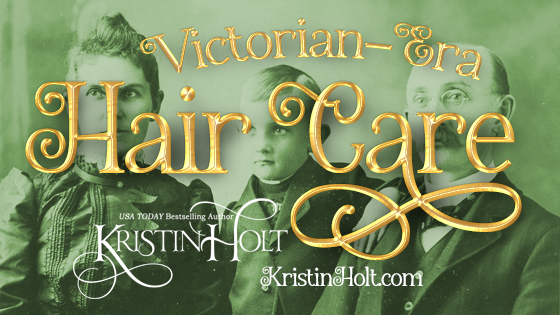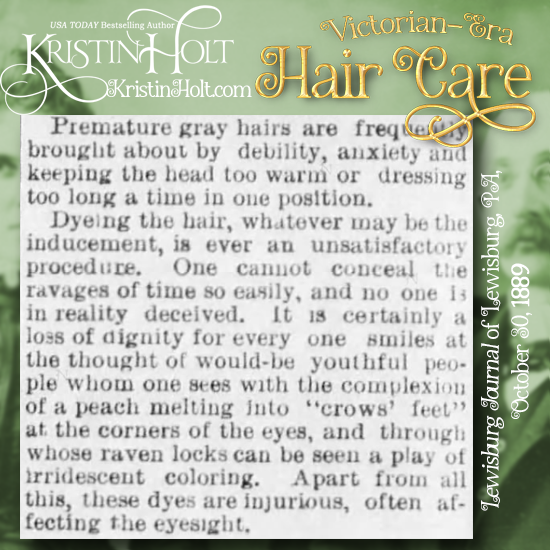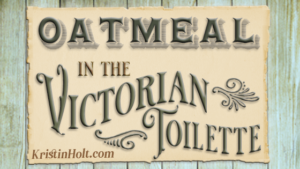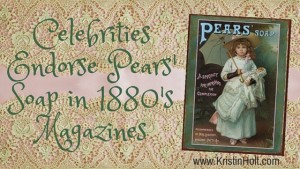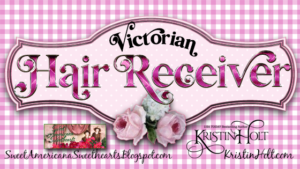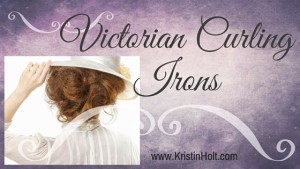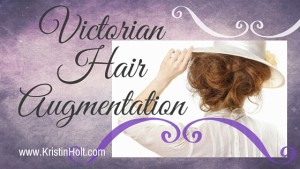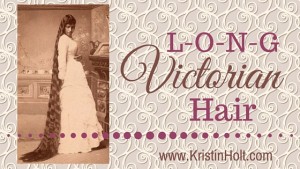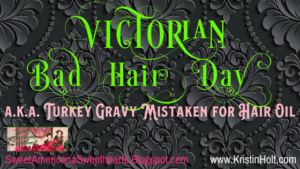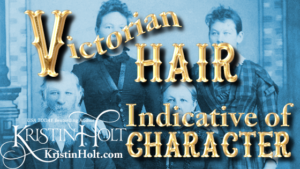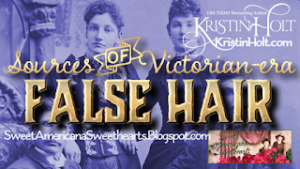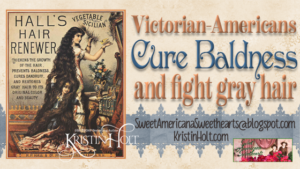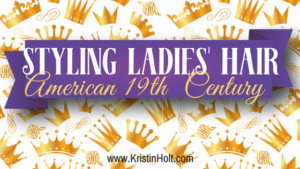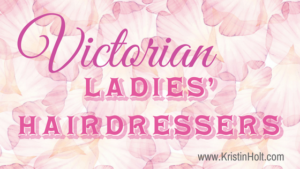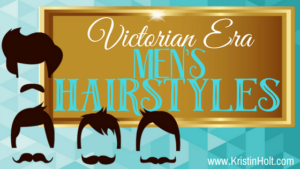Victorian-Era Hair Care
Victorian-Era Hair Care
.
Want good hair? Follow this toilette from 1861, published in Godey’s Lady’s Book.
Instructions include how to cleanse the scalp and hair. How, you ask, in an era prior to the 20th-century invention of modern shampoo?
1861 Hair Cleansing Ritual:
- Every two weeks, boil bran in soft water (e.g., rainwater); strain and cool.
- Rub into bran water a little white soap.
- Scrub the scalp with corner of a soft linen towel dipped in preparation.
Okay, I’ll just say right here that this seems both tortuous and wildly ineffective. And now, back to 1861.
Don’t leave out the egg yolk step, whatever you do.
As Godey’s Lady’s Book instructs, beat an egg yolk in a saucer. Rub the yolk into the roots of the hair, all over. Allow the yolk to sit. Then “wash it off entirely with a cloth dipped in pure water; and rinse your hair well, till all the yolk of egg has disappeared from it.”
.
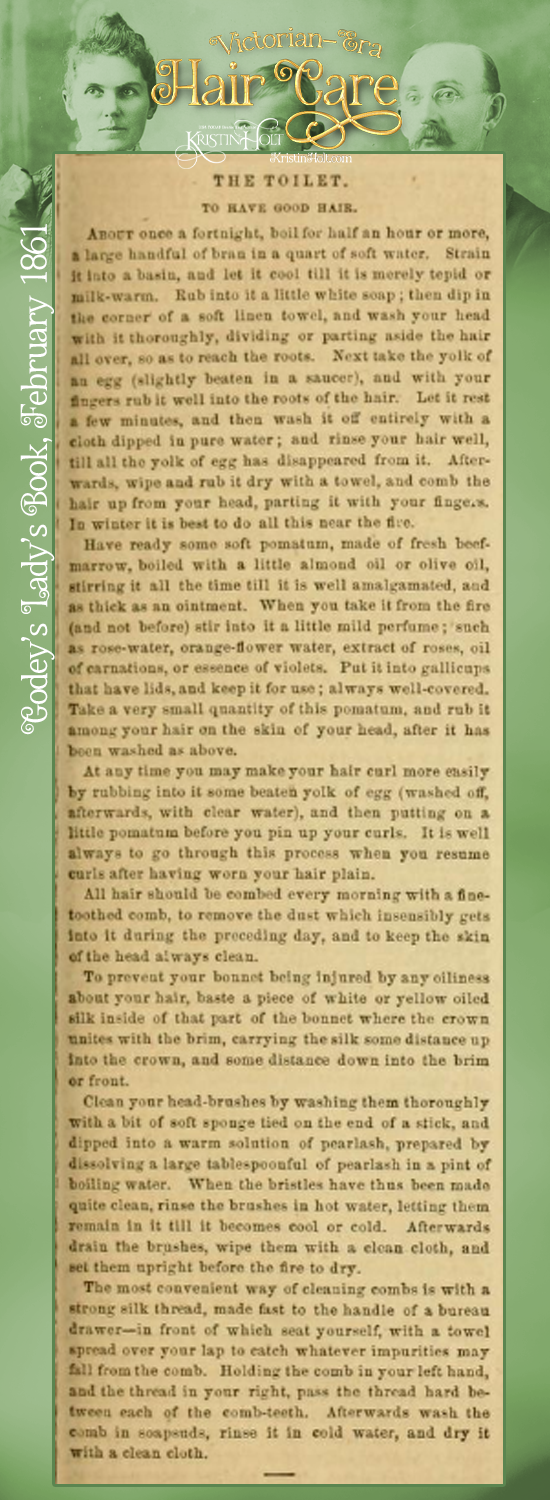
“The Toilet; How to Have Good Hair.” From Godey’s Lady’s Book, February 1861.
.
The pomatum recipe that follows, based on fresh beef-marrow, sounds deliciously appetizing, doesn’t it? It’s interesting that this oily pomatum was applied to the scalp rather than dressing a woman’s long hair. But yet pomatum (presumably this one) is used for setting a woman’s curls, along with an egg yolk application.
This article suggests lining a woman’s bonnets with oiled silk as protection from her hair-care products.
Detailed instructions in the final two paragraphs impart the proper cleansing of “head-brushes” and combs.
.
.
A Good Hair Wash, 1889
.
This Hair Wash recipe appeared in The Every-Day Cook Book and Encyclopedia of Practical Recipes, 1889. Three ingredients: borax, olive oil, and water.
.
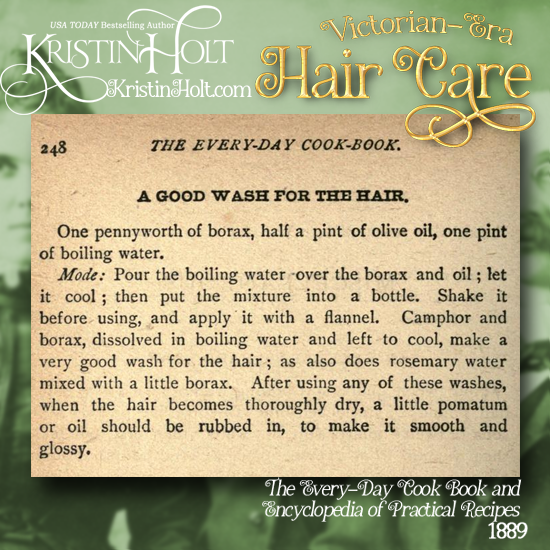
“A Good Wash for the Hair,” including borax, olive oil, and boiling water. Recipe from The Every-Day Cook Book and Encyclopedia of Practical Recipes, published 1889.
.
Monthly Washing of the Head (and hair)
.
“Try the following German prescription,” wrote the Lewisburg Journal (Pennsylvania) in October 1889. “Wash the head thoroughly once a week with the beaten yolk of an egg.” The instructions for rinsing are pretty much like the other two washes already presented.
.
But this newspaper article continues with an improvement “for monthly washing of the head.” That improvement includes additions like ammonia, oil of bergamot, white castile soap, borax, and rain water.
.
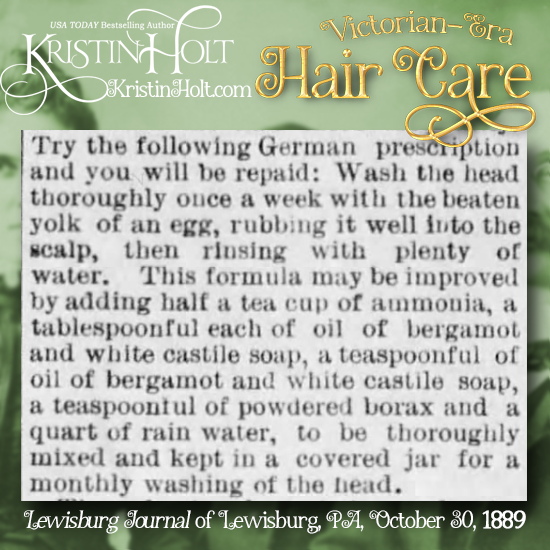
German Hair Prescription (for cleansing hair), published in Lewisburg Journal of Lewisburg, Pennsylvania on October 30, 1889.
.
Victorian-era Pomade Recipe
.
Apparently, Godey’s Lady’s Book wasn’t the only one to recommend pomade made from beef marrow. Check out this recipe for hair pomade that begins with the marrow from a beef shank bone.
.
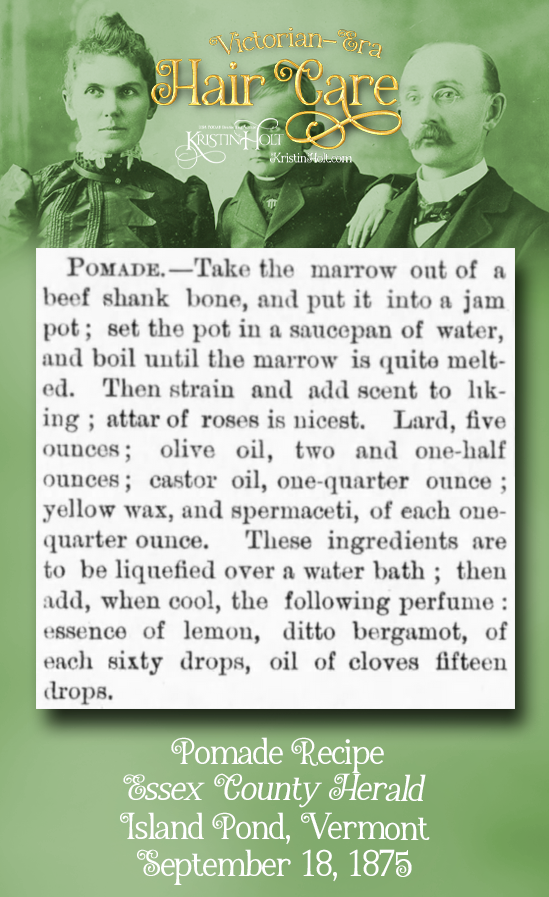
Pomade Recipe begins with beef marrow. Add attar of roses, lard, olive oil, castor oil, yellow wax, and spermaceti. Perfumed. Published in Essex County Herald of Island Pond, Vermont on September 18, 1875.
.
Dry the Hair with Starch
.
Viewed through today’s lens, counsel to avoid allowing hair to air-dry after washing is downright odd. Yet someone believed this stuff. Lewisburg Journal in 1889 printed “Water, if allowed to dry on the hair, promotes decomposition of the natural oil, giving rise to a disagreeable odor.”
Okay.
.
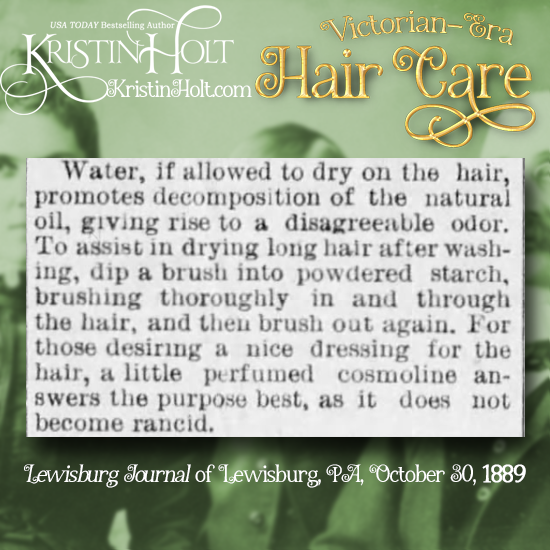
“Water, if allowed to dry on the hair, promotes decomposition of the natural oil, giving rise to a disagreeable odor.” Lewisburg Journal, Lewisburg, Pennsylvania. October 30, 1889.
.
Victorian-era Curl Setting Liquid Recipe
.
In the 1861 Godey’s Lady’s Book article, telling all about how to have good hair, the writers urged egg yolk and pomade to set curls. Another set of instructions are found in The Eerie Cook Book, published 1881.
.
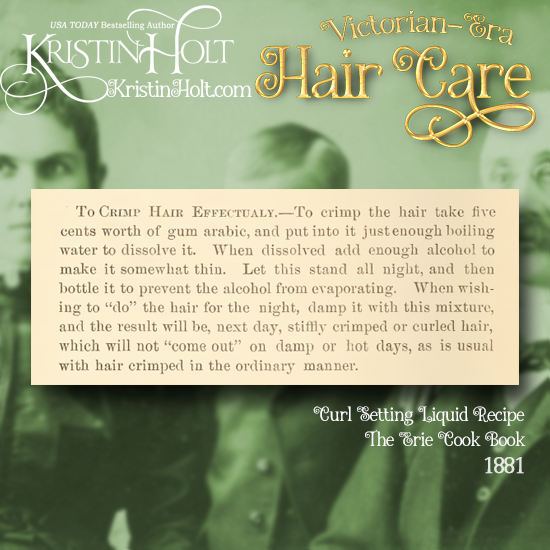
“To Crimp Hair Effectually” (yielding stiffly crimped or curled hair which will not “come out” on damp or hot days). Curl-setting liquid recipe calls for gum arabic, boiling water, and alcohol. From The Eerie Cook Book, published 1881.
.
Late-nineteenth century ladies adored their crimped and curled forelocks. This style persisted, worn by a certain popular Danish princess turned Queen of England.
.
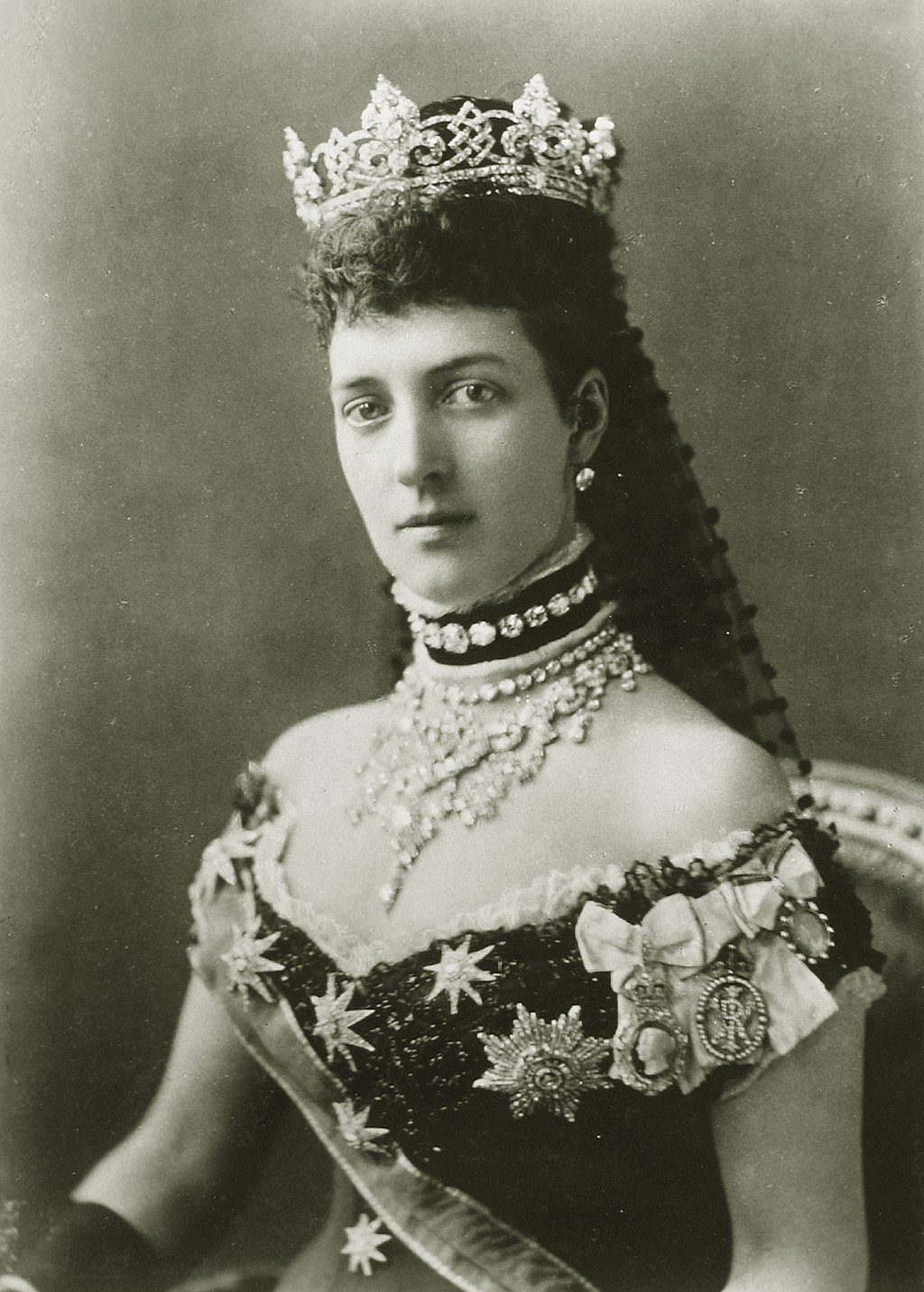
Alexandra of Denmark, Princess of Wales, later Queen consort of the United Kingdom. Image: Wikimedia, Public Domain.
.
Victorian Hair Damaged by Irons
.
Then, as now, all that crimping, curling, and heat damages hair. And people have always preferred undamaged tresses–especially when so very visible at the forehead. Victorians employed all kinds of false hair pieces to create the popular hairstyles. In fact, Montgomery Ward sold the “Princess Bang, made of natural curly hair,” allowed young ladies to look just like Princess Alexandra. Switches and braids amplified hair volume and length.
.
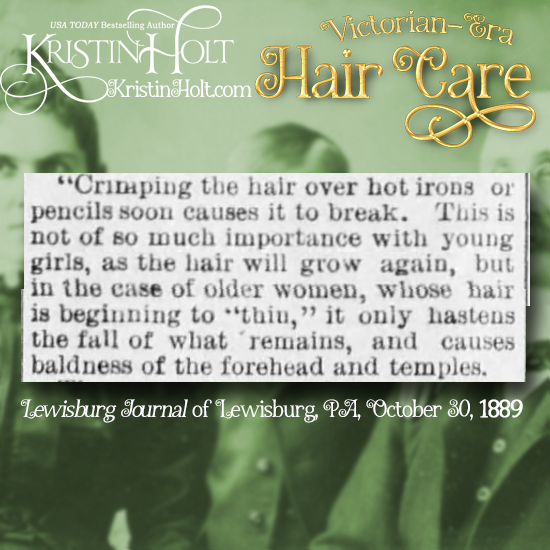
“Crimping the hair over hot irons or pencils soon causes it to break… only hastens the fall of what remains, and causes baldness of the forehead and temples.” From Lewisburg Journal of Lewisburg, Pennsylvania, October 30, 1889.
.
Destroy Vermin in Victorian Hair
.
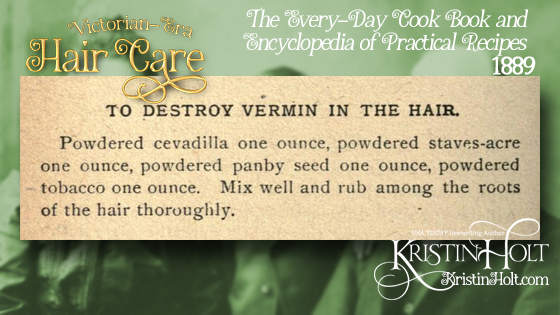
How to destroy vermin in hair; recipe from The Every-Day Cook Book and Encyclopedia of Practical Recipes, 1889.
.
Interesting list of ingredients, I think. I’d be glad to have a chemist/druggist/apothecary nearby.
Needed: cevadilla, staves-acre, panby seed, powdered tobacco. This recipe was published in dozens of recipe books throughout the century and it probably worked.
.
Do Not Color Premature Gray
.
Note the advice (and pseudo-science) behind this Victorian view of gray hair. “Premature gray hairs are frequently brought about by debility, anxiety and keeping the head too warm or dressing too long a time in one position. Dyeing the hair, whatever may be the inducement, is ever an unsatisfactory procedure.”
.
.
Cut Boys’ Hair, Not Girls’
.
Advice regarding the cutting of girls’ hair is curious. “…after the hair has been allowed to grow long, it is better not to cut it… never afterward grows to the length it would otherwise have obtained.”
.
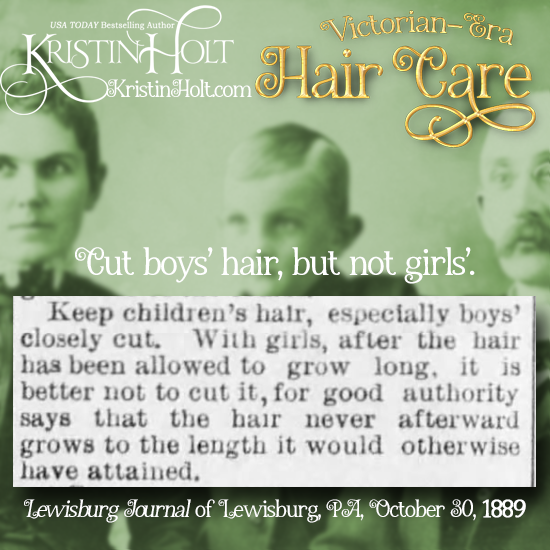
.
Hair Combs: Uses and Nevers
.
Take care how you use that comb! Combs are for separating individual hairs and for making the part crisp. See this 1889 wisdom here:
.

.
Related Articles
.
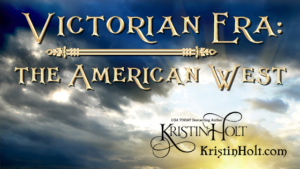
Copyright © 2021 Kristin Holt LC
Victorian-Era Hair Care

